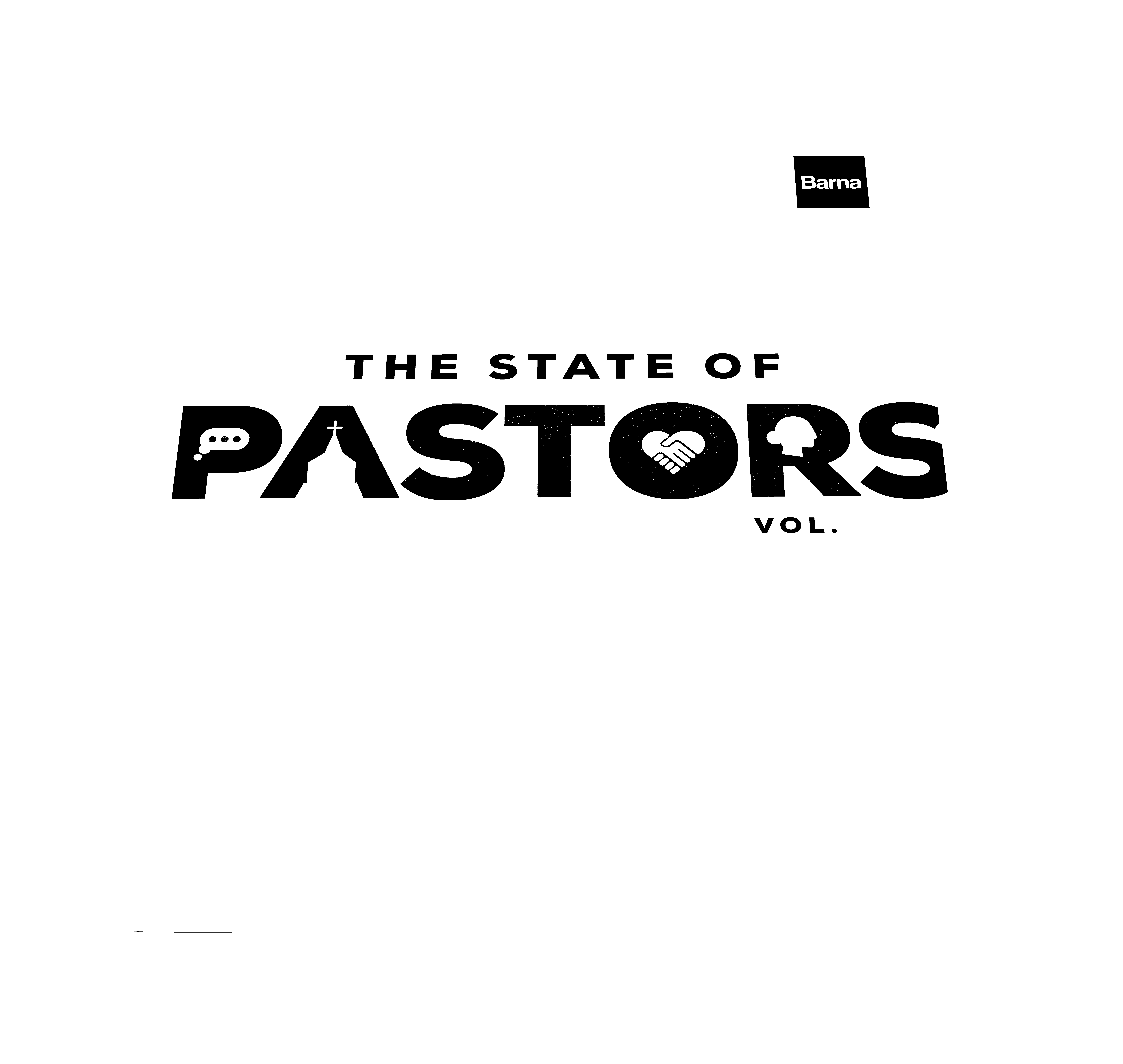Barna Research has been tracking America’s religious beliefs and practices since 1984. In a new book by George Barna, The State of the Church: 2002, the California-based researcher examines seven religious behaviors and nine religious beliefs over the past decade. The study also explores the similarities and differences among several religious groups, such as evangelicals, notional Christians, Protestants and Catholics. The faith life of teenagers is detailed, along with a snapshot of Protestant pastors and the nature of Protestant churches.
Barna Access Plus
Strengthen your message, train your team and grow your church with cultural insights and practical resources, all in one place.
The bottomline? Despite the seeming increase in public discussion about religious freedoms, beliefs and associations, not much has really changed in most people’s spiritual lives during the last ten years.
Religious Practices
Barna’s research has consistently tracked seven religious practices during the past decade. Among the items followed during that span have been church attendance, Bible reading, prayer, volunteering at church, small group participation, Sunday school attendance, and personal evangelism.
The 2002 data showed that church attendance held steady at 43% of all adults in a typical week. There has been minimal change in that level since 1997, ranging from a low of 40% to the current high during the past five years. Prior to this period attendance levels had been more volatile. Barna suggested that the recent stability of this measure helped call attention to the attendance spike jump after the September 11 terrorist attacks. Within a few weeks of the attacks, however, the attendance levels returned to normal.
The research pointed out that relatively few people attend church services every week. In total, less than one out of three adults attend church with such consistency. This is partially due to a noteworthy decline in regularity among Catholics. The explosion in the number and quality of lifestyle diversions, combined with the nationwide decline in acceptance of rules and absolutes, has diminished people’s sense of commitment and spiritual urgency regarding worship participation.
Sometimes, though, looking at national averages obscures the real story. Beneath the surface there may be significant flux in people’s behavior, masked by a virtual canceling out of the changes undergone by different groups. For instance, the research showed substantial distinctions in attendance by generation, denominational identification and ethnicity.
The new study reports that the percentage of adults who are classified as “unchurched” – meaning that they have not attended a church service in the past six months, other than for a special event such as a wedding or funeral – has grown considerably since the early Nineties. In 1991, just 24% of all adults were unchurched; today, 34% fit that description. The increase is attributable to rising non-attendance among Baby Boomers, women, Hispanics, and residents of the Northeast and the West coast.
Religious Beliefs
The Barna survey explored nine religious beliefs that the company has tracked for the past decade. Among those beliefs were the self-reported importance of faith, levels of personal commitment to Christianity and to Jesus Christ, beliefs about God, Satan and the Bible, and perspectives on eternal salvation.
Currently, only half of the adults who say they are Christian contend that they are “absolutely committed” to the Christian faith. Although that number has remained stable since 1996, Barna indicated that a highly significant outcome was how few Baby Busters claim to be absolutely committed to Christianity (just 38%). “That statistic is not only the lowest figure among any of the four adult generations and way below the national norm,” explained Barna, “but it is consistent with the low levels of spiritual investment among young adults. Although young people are very comfortable with faith matters and are open to integrating faith into their life, the data portray Busters to be generally disinterested in typical faith pursuits, long-accepted Christian beliefs and long-standing religious events and institutions.”
Other population segments displayed a marked disinterest in Christianity, as well. Hispanics, men and residents of the Northeast registered below-average levels of commitment to the Christian faith.
Another belief studied by Barna regarded the sinless nature of Jesus Christ. Literally millions of Americans who declare themselves to be Christians contend that Jesus was just like the rest of us when it comes to temptation – fallen, guilty, impure, and Himself in need of a savior!
Americans have not changed their views on the sin nature of Jesus during the eight years Barna Research has been measuring this quality. While there have been very minor fluctuations in opinion from year to year, the differences have not been large enough to reach the point of statistical significance. Presently, 25% strongly agree that Jesus Christ sinned while on earth and another 19% agreed somewhat with that sentiment. Just 8% disagreed somewhat while 40% strongly disagreed with that characterization. The remaining 8% were not sure what to think. If the “agree” and “disagree” opinions are combined and compared, the survey suggests that 44% agree that Jesus sinned and 48% reject that notion.
Following the consistent pattern, the youngest adults are those most likely to contend that Jesus was a sinner. Catholics are slightly more likely than Protestants to hold that view. Within the Protestant camp those who attend mainline churches were more likely to strongly affirm belief in Jesus as a sinner than were those who attend a non-mainline Protestant congregation (29% versus 21%, respectively). Other groups more likely than the norm to proclaim Jesus to have sinned were registered Democrats and political liberals.
Among the most shocking revelations described in Barna’s book explaining the data is the large number of non-evangelical born again Christians who believe that Jesus sinned. One out of five strongly agree that He sinned, an additional one out of eight agreed less vehemently, and 6% disagreed somewhat, with 5% not sure what to believe. In other words, nearly half of the non-evangelical born again segment (46%) did not strongly disagree with the notion that Christ sinned.
Barna Access Plus
Strengthen your message, train your team and grow your church with cultural insights and practical resources, all in one place.
Renewing the Thread
After reviewing numerous statistics that provide a robust sense of America’s spiritual nature, Barna ends his book with a challenge to Christian leaders and institutions to think creatively and strategically about the future. Among the nine challenges he raises are comments regarding the marginalization of evangelicals, the escalating spiritual influence of non-white ethnic groups, the dangers emanating from the spread of theology built on “cheap grace,” and the tensions arising from the expectations and demands of the emerging generation (the Mosaics).
Having authored more than 30 previous books regarding faith, culture and lifestyles, Barna suggested that this new book picks up a trail that he dropped several years ago. “Our company has continually tracked these measures for more than a decade, but after writing a book every year from 1991 through 1995 describing the year’s findings, I haven’t produced such a profile for several years. With so much discussion – and misinformation – concerning religion and faith in the news these days, and more aggressive evangelism and church planting strategies being pursued, it seemed as if a comprehensive and updated assessment of America’s faith would be helpful.”
When asked what he found to be most surprising about the data, he replied, “perhaps the paradox of living in a culture defined by constant change, with a nation of people who admit to confusion regarding purpose, meaning and truth, and yet finding that there has been no real change in the spiritual views and endeavors of the people. Layer on top of that the fact that churches have raised and spent more than $500 billion dollars in the past decade to try to influence America’s spiritual life and it seems pretty obvious that it takes more than good intentions and a menu of popular programs to make a dent in the nation’s religious identity and consciousness.”
The State of the Church: 2002 is available only through the Barna Research Group. More information about the book and the research on which it is based can be obtained through the Barna Research website (www.barna.org)
“When He Lived on Earth, Jesus Christ Committed Sins…”
1996 | 1998 | 2000 | 2002 | |
Strongly agree | 22% | 24% | 20% | 25% |
Somewhat agree | 20 | 19 | 19 | 19 |
Somewhat disagree | 11 | 8 | 9 | 8 |
Strongly disagree | 37 | 41 | 43 | 40 |
Barna Access Plus
Strengthen your message, train your team and grow your church with cultural insights and practical resources, all in one place.
About Barna
Since 1984, Barna Group has conducted more than two million interviews over the course of thousands of studies and has become a go-to source for insights about faith, culture, leadership, vocation and generations. Barna is a private, non-partisan, for-profit organization.
Get Barna in your inbox
Subscribe to Barna’s free newsletters for the latest data and insights to navigate today’s most complex issues.




